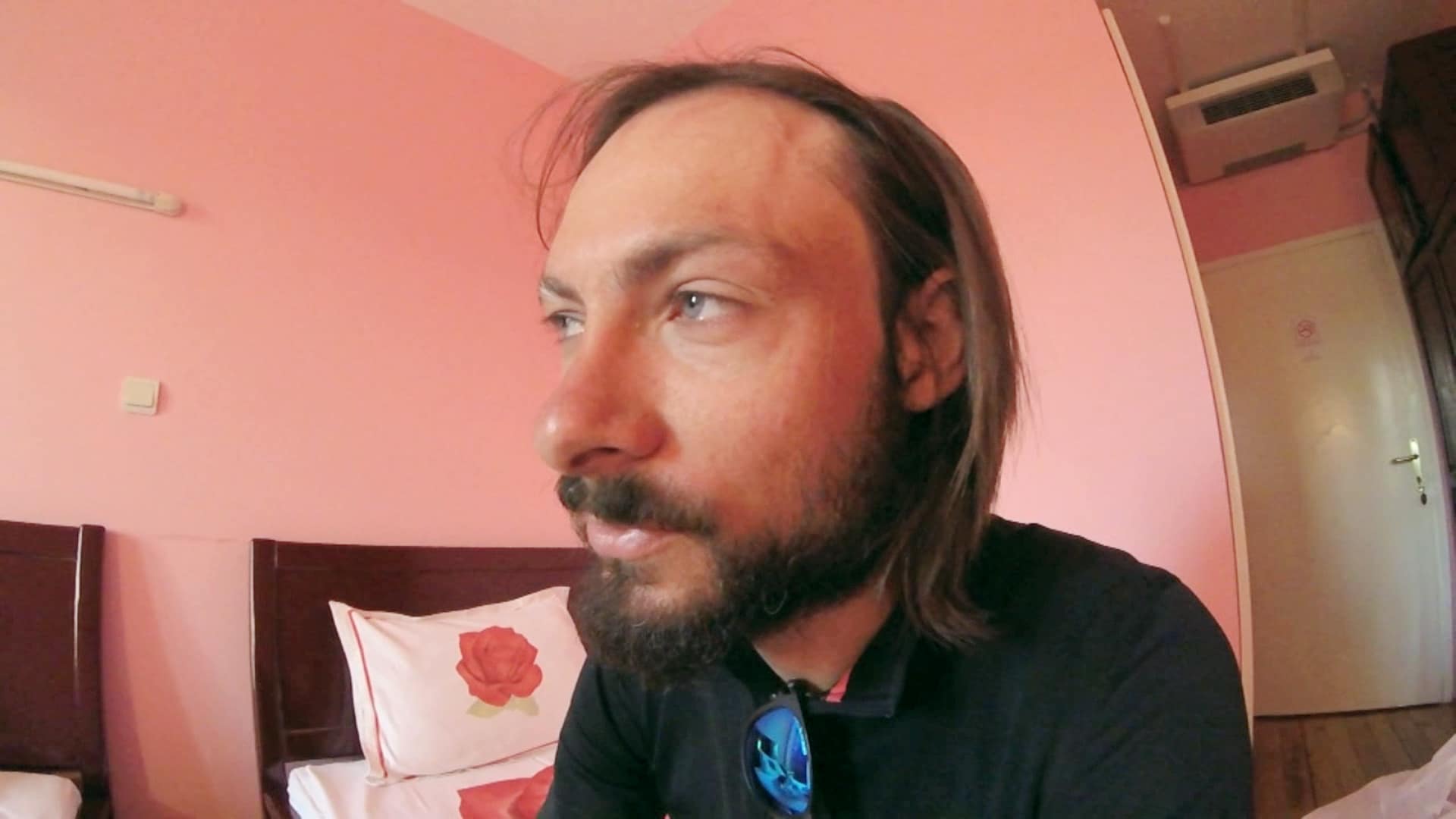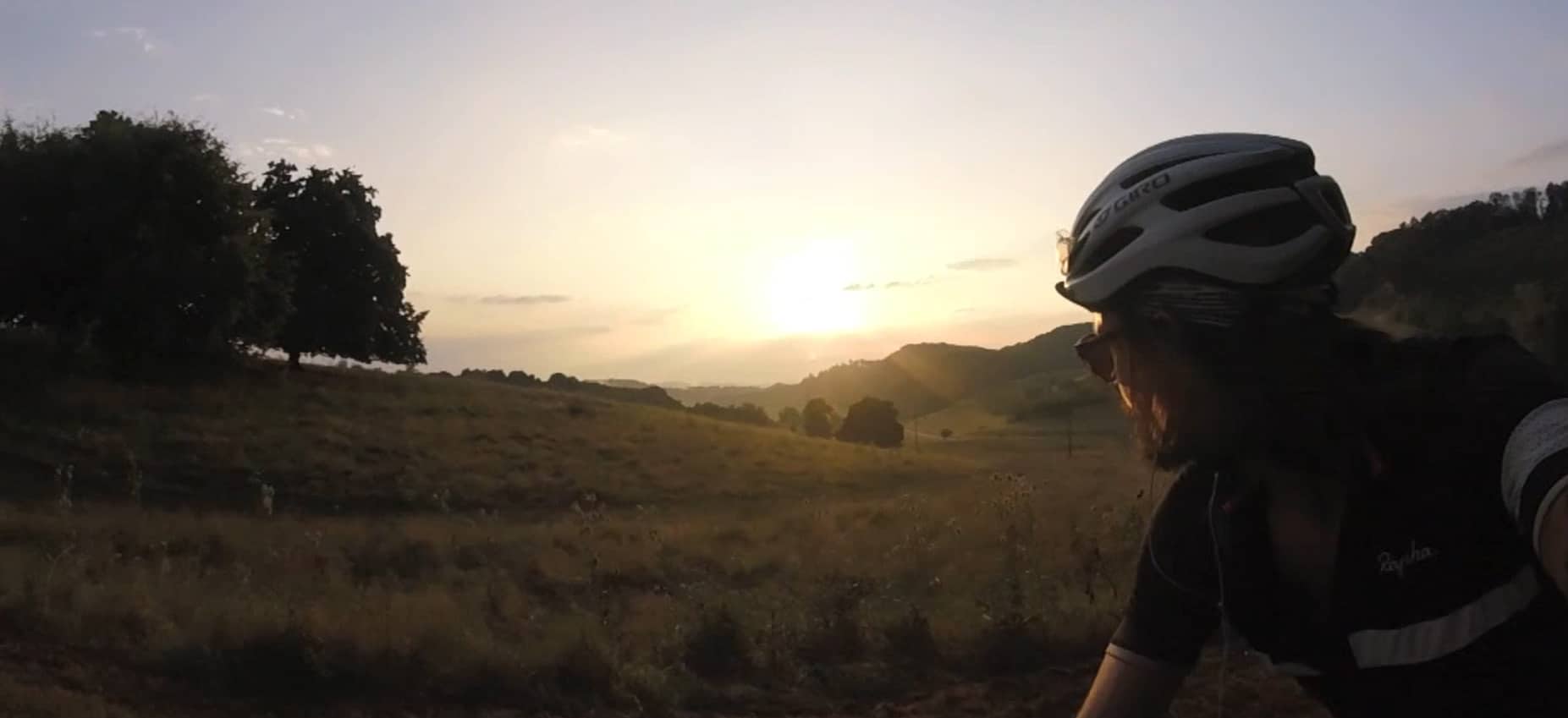by Daniel Brayson, King’s College London, @DrDanBrayson
Having never attempted anything like the Transcontinental Race before, my expectation ahead of the race was to complete it before the cut-off time, which was set at 15 days and 2 hours. In the very early stages of the race, I rode quite conservatively knowing that to finish within this time was critical for my sense of achievement. However, I very quickly realised I was capable of much more. I arrived at the first checkpoint in around 60th position, which surprised me. I then arrived at all the remaining checkpoints in higher positions than the previous one and was placed somewhere in the 30’s for the final checkpoint on the Transfagarasan highway in Romania.
The last hurdle
Approximately 1000 kilometres from the finish line in Meteora, I was in a good position to make a late charge for a top 30 position and I set about the task gamely. I rode through the remaining portion of Romania and a short section through Bulgaria into Serbia. Feeling hardened from the first 75% of the race I felt my performance improving rather than declining and set about three substantial climbs in northern Serbia with a certain amount of gusto and swagger. Temperatures were fierce, up into the 40°Cs, but I felt I had acclimatised to these by now and in my mind I was conquering these hills with no problems, better than any I had attempted previously at the height of the midday sun. Having capacity for only 1750 ml of water and a broken smartphone, I found myself rationing water as I couldn’t know when the next opportunity to resupply would arrive. I made up for it when I had the opportunity and guzzled litres at service stations but as it turns out, the damage had been done. Later that evening, when the sun had disappeared below the horizon and temperatures had dropped to the point it was “cool,” I started to suffer. I felt hot and restricted in my clothes despite the cool evening breeze; I became irritated by my clothes to the extent that I removed my jersey and rode shirtless for a while. After a little while longer, my feet felt hot and irritated too, so I took them out of my cleats and rode on top of those. Then suddenly my legs went completely: I’d hit a wall, pedalling felt like I was sitting on a ledge mixing cement with my feet, and I was overcome with delirium. I stopped at a service station and slept in a secluded area covered in pinecones for the night. I was so out of it I hadn’t noticed the pinecones at first, and stirred from sleep a few hours later to find myself cursing them wildly. At this point, I intended to crack on, but as I stood up I felt a wave of nausea overcome me, so I figured I needed more rest.

In the morning, I ‘soft pedalled’ (rode slowly) for about 100 kilometres, at which point I came face to face with a steep hill at 1pm. Again, the temperature was up in the 40°Cs. With no obvious signs of shade on the sides of the road I looked around, feeling dejected. I had been riding next to a river and noticed locals frolicking in their bathers. I found a small quiet area and immersed myself, fully clothed, in a shallow part of the river and remained there in state of semi-consciousness for almost 4 hours. When the mid-afternoon sun was less fearsome I rode another 40 kilometres to the nearest town and holed-up in hotel for the next 8 hours. At this point, I could not stomach any solid food, and realised I was suffering at the hands of the extreme temperatures and heat exhaustion.
Lessons from the Transcontinental Race
At the time, I felt that I had not ridden at the right times of day in order to avoid the heat, and this point comes through as in my video diary. Now, as I reflect, I know that I couldn’t have ridden at night since I can’t suppress the urge to sleep then (remember response inhibition?) The logistics of trying to reverse my body clock in preparation for a race whilst performing a demanding vocation would be insurmountable. My feeling now is that I should have been better prepared to ride in the heat. Principally, I should have addressed two issues. Firstly acclimation: I should have trained for the heat. I didn’t, because being British I am not often enough exposed to extreme heat to actually appreciate the effects it has on human physiology and performance – and to believe these temperatures actually exist! However, training for heat has been shown to potentially benefit overall performance, not just performance in the heat, so if there is any chance of high environmental temperatures it is worth undertaking heat training regardless. Secondly, I should have allowed a greater carrying capacity for water and fluids. This was perhaps the biggest flaw in my preparation. At times I should definitely have been carrying at least 3 litres, if not more! I paid the price for this and by the time I had recovered I had to re-align my expectations back to finishing before the cut-off. So with the intention of managing my workload carefully, I gingerly clambered aboard my bike and set off for the finish line.

The finish line
After a calamitous final section in which I suffered a terminal failure of my rear tyre, I walked the final 7 kilometres, in suffocating heat, and arrived at the finish line in Kalabaka, Greece, in a foul and dispirited mood. I was robbed of the glory of rolling across the finish line, triumphant and fulfilled. Nevertheless, I had finished and I had finished 12 hours before the cut-off. On the lack of glory at the finish my final thought as I left Kalabaka to return to the UK was, ‘there’s always next time’.
Read Previous Instalments
The Ultra Cycle Diaries – Setting off on the Transcontinental Race
https://www.physoc.org/blog/the-ultra-cycle-diaries-setting-off-on-the-transcontinental-race/
The Ultra Cycle Diaries – Man vs Heat
https://www.physoc.org/blog/the-ultra-cycle-diaries-man-vs-heat/
The Ultra Cycle Diaries – Fatigue
https://www.physoc.org/blog/the-ultra-cycle-diaries-fatigue/
The Ultra Cycle Diaries – Nutrition
https://www.physoc.org/blog/the-ultra-cycle-diaries-nutrition/
